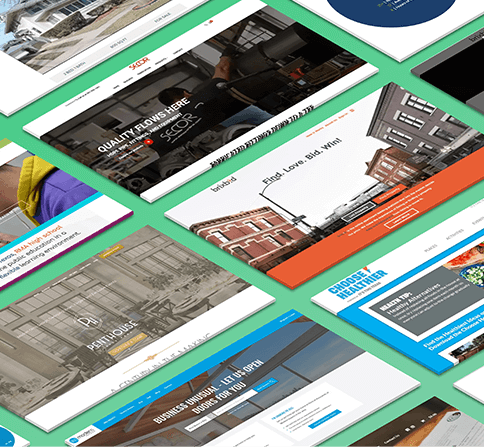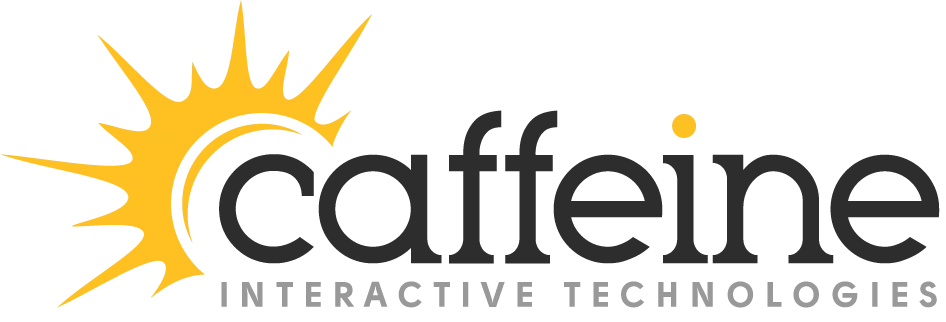Picture this, your app is scheduled for a new release next quarter but because of recent employee turnover, your timeline is in jeopardy. You have already promised the new release to both management and current customers; how are you going to find the time to post the open position, read all the resumes, interview the candidates, and onboard them in time to get a new employee to produce effective code for the new release?
Enter Staff Augmentation, a modern and growing solution to staffing challenges! It sure does eliminate the time-suck of interviewing and hiring. But just like hiring a new employee, there are dependency risks in staff augmentation. These risks can seem scary and out of your control and you might be second-guessing the idea of staff augmentation.
These risks include limited control over the augmented staff, communication barriers, knowledge transfer challenges, and intellectual property (IP) protection. Read on to see how best to mitigate the dependency risks in staff augmentation.
Risks Associated with Staff Augmentation for Partners
Limited control over augmented staff
Opportunity
Leveraging the flexibility, expertise, and innovation that the staff augmentation team brings to the project.
You also take a deep breath and take advantage of the fresh perspective brought to your team by the staff augmentation partner. The partner might have skills that your core team lacks or might have experience with a technology that your team is still ramping up with.
If you flip this threat of limited control into an opportunity you can leverage the flexibility, expertise, and innovation that the staff augmentation team brings to the project.Communication barriers
Opportunity
Implementing effective communication tools and strategies, including overlap of working hours, appropriate communication tools, and cultural sensitivity training.
You might be concerned that your staff augmentation partner is in a different time zone, English could be a second language, and that cultural differences might be misunderstood. You might have reservations about speaking with that partner only over video calls and chat programs. How are you to ensure that your staff augmentation partnership is set up for success?
To start with, you may want to include some overlap of working hours in your contract to facilitate real-time communication. You will also want to ensure that the correct tools are available for communication.
-
Video Conferencing like MS Teams, Zoom, and Google Meet for face-to-face meetings with screen sharing.
-
Instant Messaging or Chat like Slack, MS Teams, and Discord for immediate communication.
-
Project Management Software like Jira, Trello, Click Up, and Teamwork for keeping threads of communication visible to all team members.
-
Document Collaboration tools like Google Workspace, and MS 360 for version control and ease of sharing.
-
Email and phone calls are gold standards and sometimes we shouldn’t mess with what works.
If language translation is needed there are tools to help. You will want to ensure that nothing is mistranslated in your project requirements so this is a sensitive topic. And speaking of sensitivity, there are blogs and blogs of advice on cultural sensitivity training to help foster a sense of respect and understanding to minimize misunderstandings and conflicts.
Knowledge transfer challenges
Opportunity
Kick-off documentation initiatives, organize documents for easy access, identify Subject Matter Experts (SMEs), and encourage mentorship and collaboration between internal and staff augmentation teams.
Knowledge transfer challenges for staff augmentation teams are a big one. Internal teams take a lot for granted especially if the team has been with the company for years. When onboarding a staff augmentation partner you will need to quickly get the team equalized by providing some level of training on the project. If you haven’t been great with documentation now is a time to turn this into an opportunity.
Kick-off this initiative with solid documentation. This might include writing a few SOPs (Standard Operating Procedures) to standardize and set conventions. Not a bad idea if you are rapidly growing!
Along with the SOP, you should organize your documents so that your internal team and staff augmentation team know where to find critical pieces of information. These documents could include requirements, release docs, video demonstrations, FAQs, Wikis, and diagrams to name a few.
Another idea to consider is to identify an SME (Subject Matter Expert) to be the point of contact for the staff augmentation team when a technical question arises. Encourage mentorship and peer collaboration between the two teams. This relationship goes both ways as the staff augmentation team might be bringing a skill set your internal team lacks. Take advantage of the collective knowledge!
Intellectual property (IP) protection
Opportunity
Taking additional steps to protect IP, ensuring alignment of values and commitment to IP protection with staff augmentation partners, and providing security training to safeguard IP and reputation.
Your IP is what makes your company unique. It pays the bills and has an untold future of success! You want to ensure that you keep your IP protected and secure. When working with staff augmentation teams you might be wondering if your NDA (Non-Disclosure Agreement) is enough or if you need to take a few more steps.
The answer is yes, take a few more steps to protect your IP. Your staff augmentation partner should share similar values, ethics, and commitment to IP protection. Ask these questions during your vetting process to see how the partner has handled this sensitive issue with other companies.
Another need is security training. Can staff augmentation teams work on public wifi, are hotspots ok, what about talking about the project with co-workers who are not on the project? The goal is to protect your IP and your reputation. Set your teams up for success by providing this important guidance when the project kicks off.
Conclusion
In summary, mitigating dependency risks in staff augmentation is crucial for successful partnerships. From limited control over augmented staff to communication barriers and knowledge transfer challenges, organizations must address these issues proactively. Embracing flexibility, leveraging diverse perspectives, and investing in robust communication tools and training programs are essential steps in fostering strong collaborations with staff augmentation teams.
Ultimately, cultivating a culture of transparency, trust, and mutual respect between organizations and their staff augmentation partners is key. By working together to overcome challenges and upholding the highest standards of professionalism and integrity, organizations can unlock the full potential of staff augmentation. With a proactive approach and strategic mindset, organizations can navigate the risks and reap the rewards of staff augmentation partnerships, driving innovation, accelerating growth, and creating value for all stakeholders involved.
Innovate. Automate. Caffeinate.
Let’s innovate and automate together. Reach out to Dustin DeVries, Caffeine’s CTO and co-founder for a free consultation to see how our team can complement your team.
- Phone: (512) 387-5793
- Email: info@caffeineinteractive.com
- Web: https://caffeineinteractive.com/contact/

